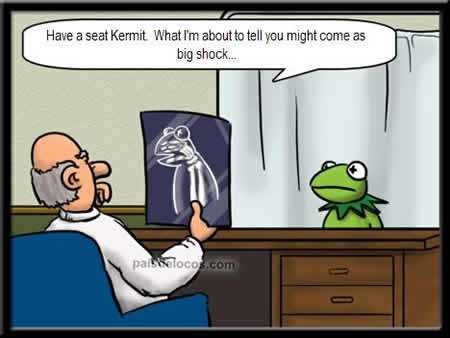So you recently found out your best friend got a promotion that he’s been working on for months upon months but err his dog of 15 loyal years died. So which do you tell him first, the good news or the bad news?
Well, it depends. You have to assess the situation from where it stands. For example, if you’re a doctor, veterinarian or teacher who has to deliver bad news, think of the recipient. Don’t think of making yourself feel better about the situation, make them feel better.
One things for sure, when it comes to life-and-death scenarios, we prefer the bad news first and ways to help soothe the situation afterward with the good news. Another effective tactic is according to Wired magazine, to separate the bad from the good depending on the difference in magnitude between the two.
The bigger the loss, the more time introduced between the two, within reason of course; let’s not wait five days to tell someone they won $12.00 after finding out they got a $250 parking ticket. Do not delay for the sake of false hope that things will get better.
Now if the gain and loss is of equal value, one option that you have I to try and confuse your audience whomever they may be by consistently switching between the two so they do not focus on one or the other for too long.

The reason being, if the good and bad are of equal value, we will concentrate on simply the negative if given in full. All in all, be honest and straightforward with each and every approach, regardless of the situation at hand.
Just to be clear, these techniques are not fool proof, as you always have to assess your audience and try to understand the situation from their perspective and not your own.
When it comes to family and friends, I personally would be as upfront, transparent and honest as possible since we expect the same in return, especially from our loved ones. All in all, I hope this helps!
Picture Credits: community.bda.org; southcabingroup.com; www.ereleases.com



